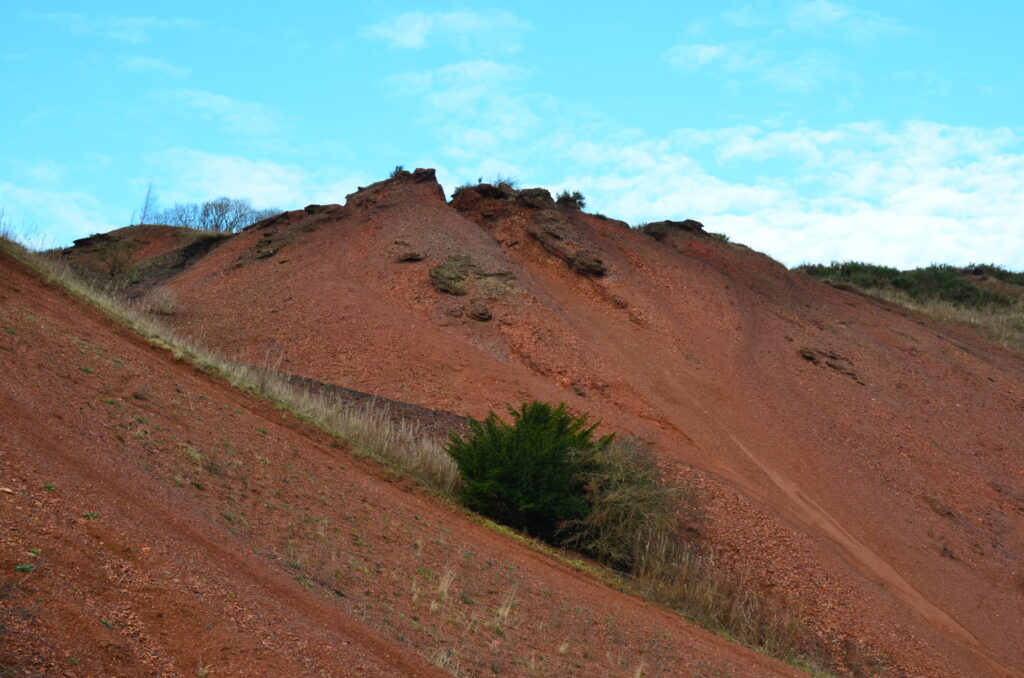
Happy to announce another project output (hopefully the first of four this year), a book chapter entitled: “Of Blaes and Bings: The (Non)Toxic Heritage of the West Lothian Oil Shale Industry.” This is is open access and available here.
Abstract:
This chapter explores the changing human valuations of oil shale waste – blaes – in the district of West Lothian, Scotland. Around 150 million cubic metres of this material remain here in vast heaps known as bings, the remnants of a short-lived but globally significant oil industry, active between 1851 and 1962. In following the changing perceptions and uses of blaes through its creation, exploitation, discard, and reuse, it becomes apparent that it is not easy to definitively apply the categories of ‘toxic’ and ‘non-toxic’ to such materials and their heritage associations. In exploring the shifting valuations of blaes and bings over the last 170 years, the chapter proposes a geosocial understanding of the heritage of hydrocarbon exploitation and its waste in the Anthropocene and suggests that such materials may yet prove useful to us in the face of the climate crisis.
This chapter is part of a briliant new edited book: Toxic Heritage: Legacies, Futures, and Environmental Injustice (edited by Elizabeth Kryder-Reid and Sarah May, London: Routledge.)


